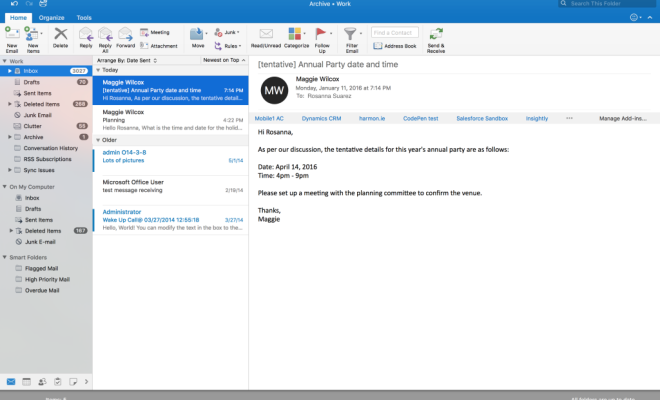List of Windows Version Numbers

Windows is a prominent operating system that has advanced through different versions to provide users with improved features, increased security, and better user experience. Since its introduction in 1985, Microsoft has continued to release updates, upgrades, and new versions of Windows, each with its own unique version number. Here is a list of Windows version numbers that have been released over the years.
1. Windows 1.0 (1985): This version was Microsoft’s first graphical-based operating system for home PCs.
2. Windows 2.0 (1987): This update introduced better memory management, improved graphics support, and expanded support for different device drivers.
3. Windows 3.0 (1990): This version of Windows was the first to offer the familiar interface and came with a suite of productivity applications.
4. Windows 95 (1995): This version of Windows was the first to include the start button and taskbar, offering users easy access to system settings, files, and applications.
5. Windows 98 (1998): Windows 98 brought significant improvements to Windows, including better performance and support for USB devices.
6. Windows 2000 (2000): Initially designed for businesses, Windows 2000 was the first professional version of Windows.
7. Windows XP (2001): One of Microsoft’s most popular versions to date, XP brought a significant boost in security and performance over its predecessors.
8. Windows Vista (2006): Vista offered improved security, more advanced search functionality, and better support for hardware and software.
9. Windows 7 (2009): Windows 7 improved on many of Vista’s features, focusing on enhanced user experience and easier system management.
10. Windows 8 (2012): Windows 8 was designed with touch-enabled devices in mind, offering a modern, tile-based interface that worked well on tablets and touchscreens.
11. Windows 8.1 (2013): An update to Windows 8, this version offered improved performance and stability, as well as additional features such as the start button and boot-to-desktop options.
12. Windows 10 (2015): The most recent and widely used version of Windows, Windows 10 is a blend of the best features from Windows 7 and 8, along with new features like Cortana, the virtual assistant, and Windows Hello facial recognition.
In conclusion, Microsoft’s ongoing development of Windows has brought significant improvements in functionality, security, and user experience over the years. From the first release in 1985 to the current version, Windows 10, Microsoft has continually added innovative features and capabilities to its operating system. Understanding the different versions of Windows and their corresponding version numbers can be useful for troubleshooting, researching, or understanding the evolution of the platform over time.





